Hide and find. Some features of F-22A and Su-57 fighters
Modern and promising 5th generation fighter jets have a number of important requirements. In particular, they address stealth issues and detection systems. A modern fighter must notice and attack the enemy long before they detect him. In this context, we can consider the leading fighters of leading countries - the American F-22A and the Russian Su-57.
American superiority
In the promotional materials for the Lockheed Martin F-22A project, the numerous advantages of this aircraft over another aviation technology, which ensures complete superiority. Consider the arguments behind such advertising.
The modern ideology of the development of tactical aviation in the United States provides for the maximum reduction in aircraft visibility through the use of the so-called stealth technology. F-22A has special contours and airframe design, special nozzles, etc. Due to this, allegedly, it was possible to sharply reduce the effective scattering area and thermal radiation - reducing visibility for radar and infrared detection tools.
The exact values of the EPR and other parameters, for obvious reasons, are not published, but there are different estimates. Among Russian researchers, the version about EPR at the level of 0,3 sq.m. is popular. In foreign sources, based on Lockheed-Martin materials, it is indicated that at some angles the EPR drops to 1-2 sq.cm. It should be remembered that the actual value of such a parameter may depend on a number of factors. In addition, in certain situations, the aircraft can be equipped with reflectors that mask its real characteristics.
Measures have been taken to reduce thermal radiation. First of all, these are special flat nozzles of the engines that reduce the temperature of the exhaust gases. During high-speed flight, the leading edges of the glider are heated. A special cooling system is provided for this case. The exact parameters of infrared radiation are unknown, but a number of sources claim that the aircraft is maximally protected from missiles with IKGSN.
The primary means of detection on an F-22A aircraft is the Northrop Grumman / Raytheon AN / APG-77 airborne radar. The station with AFAR has an instrumental range of more than 520 km. The detection distance depends on the parameters of a specific target. Large targets with large EPR are detected at a distance of 400 km. With an EPR of 1 square meter, the range drops to 220-240 km, with 0,1 square meter - 110-120 km. The station accompanies 100 targets and provides firing of 20.
The radar is supplemented by an ALR-94 radiation warning system (STR), capable of catching locator signals at ranges of more than 400-450 km.
It is curious that the radar AN / APG-77 also contributes to the stealth of the aircraft. It has an LPI (Low Probability of Intercept) mode of operation with a special configuration of the emitted signals. It is alleged that the STR of the enemy aircraft cannot correctly identify such radiation and warn the pilot about the threat.
Russian advantages
It is known that in the Russian Su-57 project various solutions were actively used to reduce visibility in all main ranges. At the same time, the results of such measures, as in the case of the F-22A, are classified. Even the main characteristics of this kind were not disclosed, which is why for the time being we have to deal exclusively with assessments of varying degrees of credibility.
Due to the design and shape of the glider, the EPR of a Russian aircraft, according to various sources, ranges from 0,1 to 1 sq.m. Earlier in foreign publications, EPR up to 2-3 square meters was mentioned, which does not look plausible. In all likelihood, the stealth issues of the aircraft are solved in such a way that the least EPR is present when irradiating from the front hemisphere, i.e. when approaching the enemy.
Unlike the F-22A, the Russian Su-57 has nozzles of circular engines with a full-fledged controlled thrust vector. It is assumed that this does not reduce thermal radiation, however, there is no exact information on this subject. There is information on measures to reduce the temperature of reactive gases and, as a consequence, on reducing the visibility for IKGSN.
Su-57 is equipped with radar H036 "Squirrel" with several AFAR located in different parts of the airframe. Used the "traditional" nose antenna, as well as devices in the leading edge and wingtips, operating in different ranges. Due to this, a circular view is provided at ranges of up to hundreds of kilometers, allowing timely notice of air targets.
According to well-known data, Belka detects objects with EPR of the order of 3 square meters at ranges of 400 km. For EPR = 1 sq. M, this parameter is reduced to 300 km. From a distance of 165 km, a target is detected with an EPR of 0,1 sq.m. Other radar parameters are unknown.
Unlike the F-22A, the Su-57 has an optical-location station. The OLS-50M product is capable of finding targets by their thermal radiation at distances of tens of kilometers. In this case, the aircraft does not unmask itself by the radiation of its radar. The optical-location station is included in the aiming and navigation complex and can provide data for firing.
Hide and find
Available data on the characteristics of the equipment and its components suggest that the American F-22A fighter in ideal conditions is able to notice the radio signals of the Russian Su-57 at distances of more than 400 km. However, the detection and tracking of the AN / APG-77 airborne radar is possible only at shorter distances - of the order of 110-120 km with oncoming courses. At the same time, the F-22A will already be able to launch long-range missiles.
In similar conditions, the potential of the Su-57 is at least not lower. The exact parameters of his electronic intelligence systems are unclear, but it can be assumed that it is possible to detect other people's signals at distances of hundreds of kilometers. Further, the question of distances depends on the real characteristics of the equipment of the probable enemy.
If the estimates of Russian experts are correct, and the EPR of the F-22A fighter can really reach 0,3 sq. M, then the H036 radar will notice it from a distance of at least 160-200 km. However, it is impossible to completely exclude the possibility of reducing the EPR to 1-2 sq.cm in some conditions. In this case, the detection and tracking range can be drastically reduced. It should be taken into account that the “Squirrel” has several modules of different ranges that complement each other. It is quite possible that one AFAR will be able to notice a target earlier than another and provide the maximum possible detection range.
In certain situations, the Su-57 may have an advantage over the F-22A due to the presence of an OLS. However, such a system in range does not exceed the main radar and therefore is, rather, an additional means of detection.
Who will win?
As you can see, the leading countries used in their advanced projects all the basic ideas and solutions related to issues of visibility and detection. It is assumed that due to this, the Su-57 and F-22A will be able to go unnoticed for as long as possible, but timely detect the enemy and be the first to carry out a missile attack.
Available data show that both aircraft have one or another advantage over each other, which can at any time affect the outcome of the battle. However, the results of the battle are determined not only by issues of stealth and detection systems. Important or even decisive factors may be the characteristics of weapons, communication and command and control systems, the level of training of pilots, etc.
However, the presence of such factors does not detract from the importance of the aircraft’s own characteristics. And in this regard, as we see, the Su-57 and F-22A are advanced developments with high parameters and wide capabilities.
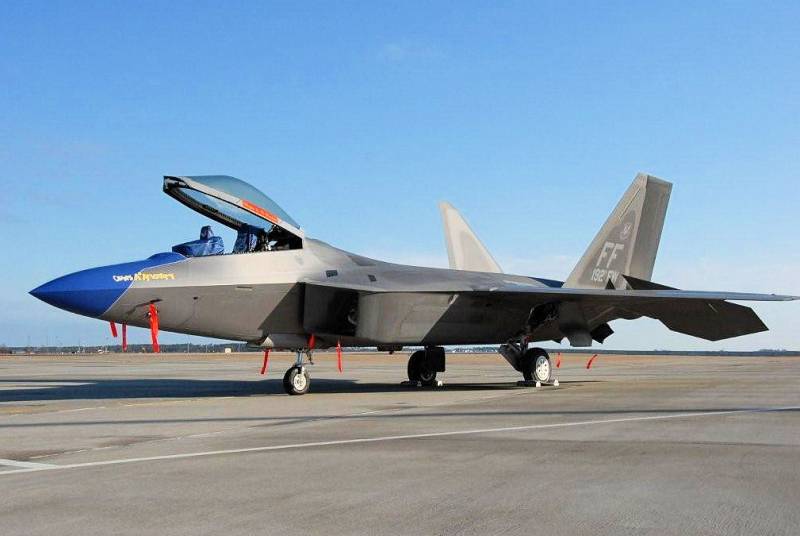
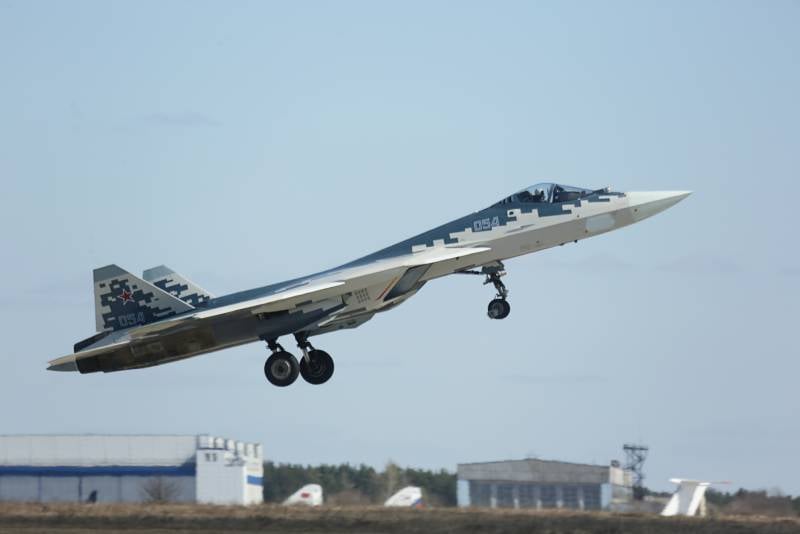
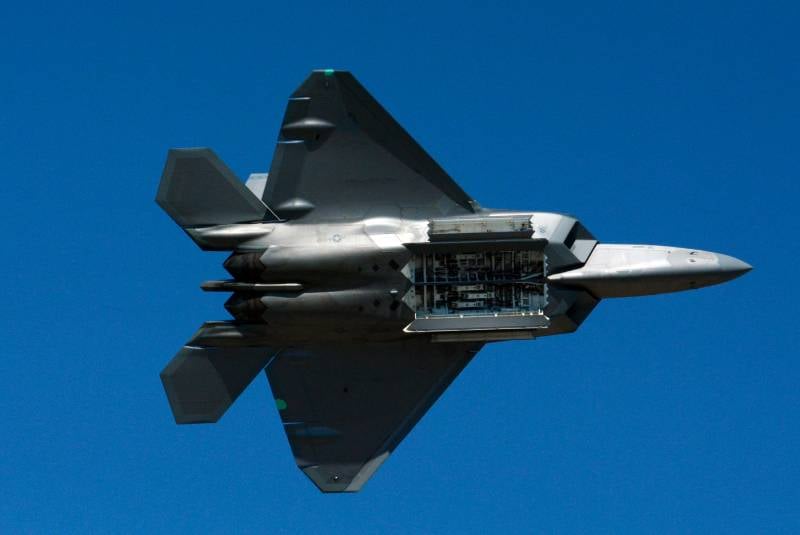
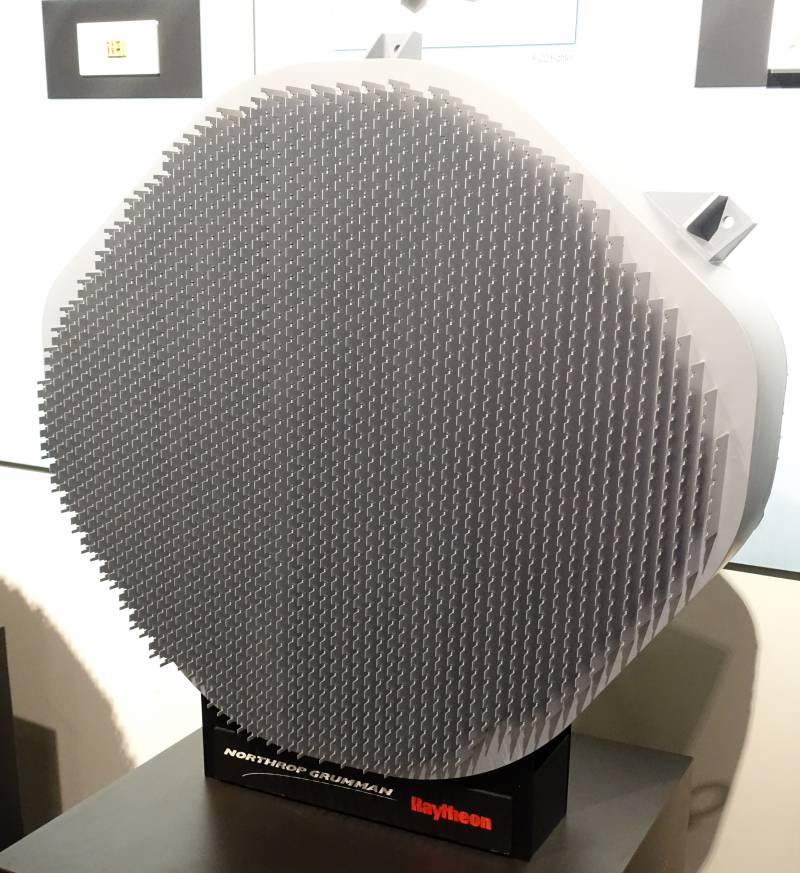
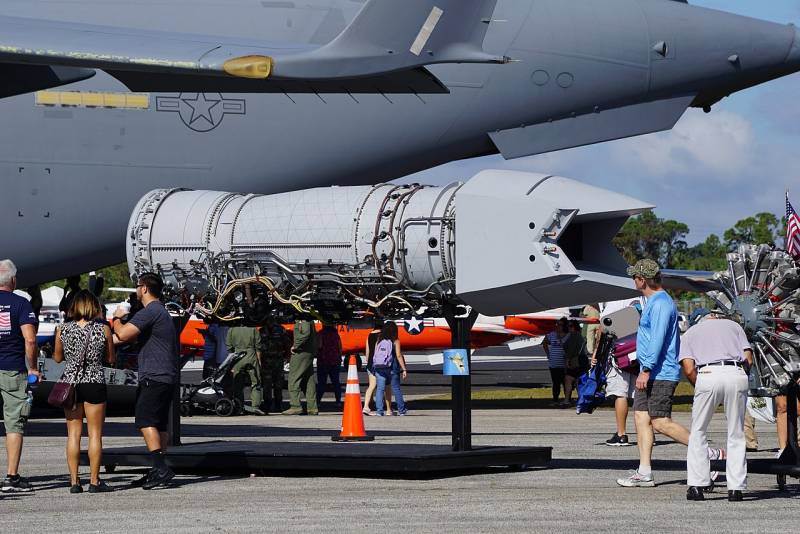
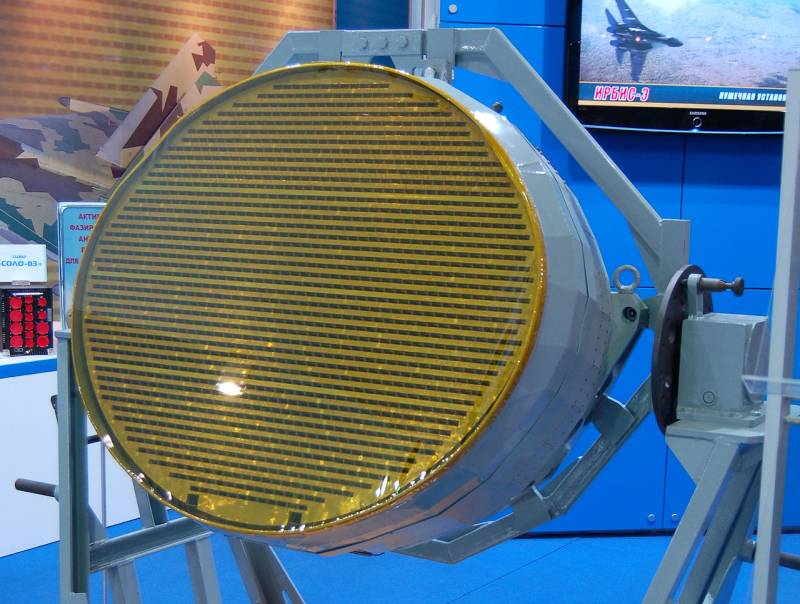

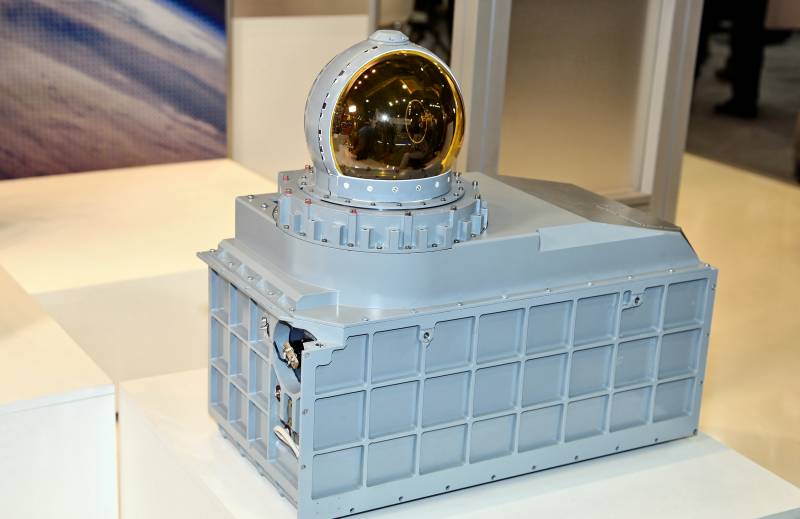
Information